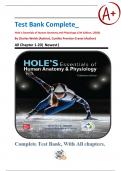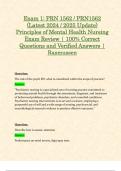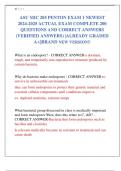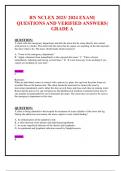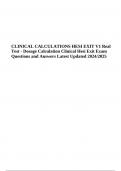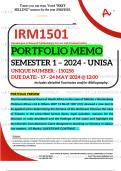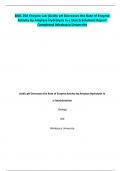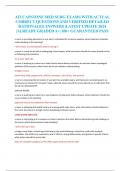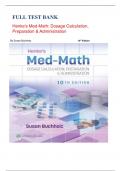Tentamen (uitwerkingen)
Test Bank Complete_ Hole's Essentials of Human Anatomy and Physiology 15th Edition, (2024) By Charles Welsh & Cynthia Prentice-Craver All Chapter 1-20| Newest
Test Bank Complete_ Hole's Essentials of Human Anatomy and Physiology 15th Edition, (2024) By Charles Welsh & Cynthia Prentice-Craver All Chapter 1-20| Newest UNIT 1- LEVELS OF ORGANIZATION 3 Chapter 1. Introduction To Human Anatomy And Physiology 3 Chapter 2. Chemical Basis of Life 41 Chapter ...
[Meer zien]
